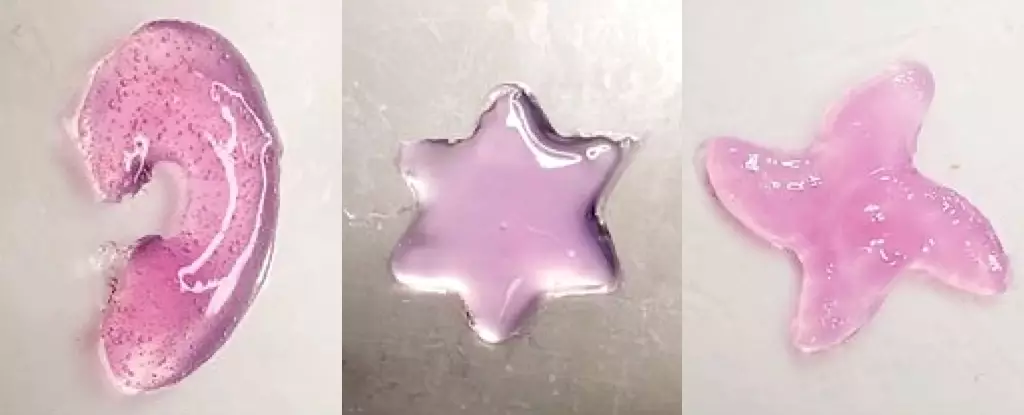The field of biomedical engineering is experiencing a groundbreaking shift with the introduction of a novel technique that allows for the 3D printing of materials directly within the human body. Known as deep tissue in vivo sound printing (DISP), this method harnesses the power of ultrasound to deliver precise therapeutic interventions, notably in cancer treatment and tissue repair. While the scientific community has made strides with various bio-printing approaches, DISP stands out with its ability to operate deeper within body tissues, thereby allowing more effective medical procedures.
The study, spearheaded by a team from the California Institute of Technology, builds upon the existing methodologies of in-body printing. It sheds light on the transformative potential of ultrasound technology, suggesting that it could change the landscape of how we approach complex medical treatments. What’s particularly fascinating is the incorporation of a specialized bioink that blends carefully selected components—polymers and crosslinking agents—to form hydrogels. This innovative bioink is designed to react according to the needs of the body, promising to pave the way for personalized medicine.
How DISP Functions: A Closer Look
The operational mechanics of DISP are ingeniously crafted. Inside this protocol, crosslinking agents are encapsulated in lipid-based particles known as liposomes, which possess a unique property: they remain inert until heated to a temperature just above normal body heat. By employing focused ultrasound beams, these liposomes can be strategically activated, releasing the crosslinking agents at targeted sites to form a hydrogel that subsequently maintains its stability.
This precise heating mechanism opens a plethora of possibilities in medical treatment, particularly as it allows for the administration of therapies deep within tissues that conventional infrared light techniques simply cannot reach. According to biomedical engineer Wei Gao, this breakthrough not only enables the creation of varied shapes, from teardrops to stars, but also maintains critical biocompatibility. It is this combination of creativity and functionality that makes DISP a pioneering move forward in medical technologies.
Applications Beyond Imagination
The potential applications of DISP extend far beyond mere aesthetic enhancements. Initial tests conducted on animal models like mice and rabbits demonstrate profound capabilities in tissue repair and drug delivery. For instance, *doxorubicin*, a chemotherapy drug, integrated into the hydrogel system, exhibited improved cancer cell mortality rates when dispensed via the DISP method compared to traditional delivery methods. This suggests that ultrasound-activated printing not only enhances targeted drug delivery but also ensures that high-risk tissues receive treatment without the systemic toxicity often associated with chemotherapy.
Moreover, the use of gas vesicles as imaging contrast agents highlights the multifaceted application of this technology. By enabling real-time monitoring of bioreactions, medical practitioners can ascertain the effectiveness of treatments instantaneously, which is critical for timely medical interventions. The breadth of potential applications, from routine drug delivery to sophisticated monitoring of electrical signals, signifies that DISP could redefine our understanding of therapeutic delivery methods.
The Road Ahead: Challenges and Future Prospects
While the progress made so far is promising, several challenges remain between animal testing and human implementation. The path to human trials requires meticulous evaluation of safety, efficacy, and long-term outcomes. Notably, the fact that no toxicity has been detected in current trials is good news, but further investigations are necessary to ensure that this innovative process will be safe and effective for human use.
Additionally, expanding the technological capabilities to larger animal models is essential. Successful trials could herald a new era in healthcare, where diseases are treated with unprecedented precision and minimal invasiveness. The aspiration of 3D printing biomedical devices directly within the body is ambitious yet tantalizing, promising a future where healthcare is not only efficient but also personalized for every individual.
As researchers continue to push the boundaries of what’s possible with DISP, this technique encapsulates the spirit of innovation that is characterizing modern medicine. With leaders like Wei Gao at the forefront, the intersection of technology and healthcare could profoundly enhance patient outcomes and redefine therapeutic possibilities. This incredible leap toward advanced medical treatments is not just a dream; it’s on the horizon, waiting to become a reality.

